CHINA BRINGS ROCKS FROM THE FAR SIDE OF THE MOON TO EARTH
🇨🇳China's Chang'e-4 Mission is Shedding Light on the Hidden Mysteries of the Moon's Far Side🌓🛸👽
Unveiling the Secrets of the Dark Side: China's Lunar Mission Brings Moon Rocks to Earth🌏 🌓🛸👽
In an unprecedented achievement, China has successfully brought rocks from the far side of the moon to Earth, marking a significant milestone in space exploration. The Chang'e-4 mission, part of China's ambitious lunar exploration program, has opened a new chapter in our understanding of the moon's geological history and its hidden mysteries. These lunar samples are not just rocks; they are keys to unraveling the secrets of our natural satellite's enigmatic far side.
The Chang'e-4 Mission: A Landmark Achievement
China's Chang'e-4 mission, named after the Chinese moon goddess, was launched on December 8, 2018, and made a historic soft landing on the far side of the moon on January 3, 2019. This feat was the first of its kind, as no other mission had ever touched down on this elusive part of the lunar surface. The far side of the moon, often referred to as the "dark side" due to its permanent orientation away from Earth, had remained largely unexplored due to the communication challenges posed by its location.
To overcome these challenges, China deployed the Queqiao relay satellite, enabling continuous communication between the lander and Earth. This strategic move not only facilitated the Chang'e-4 landing but also set the stage for future lunar exploration missions.
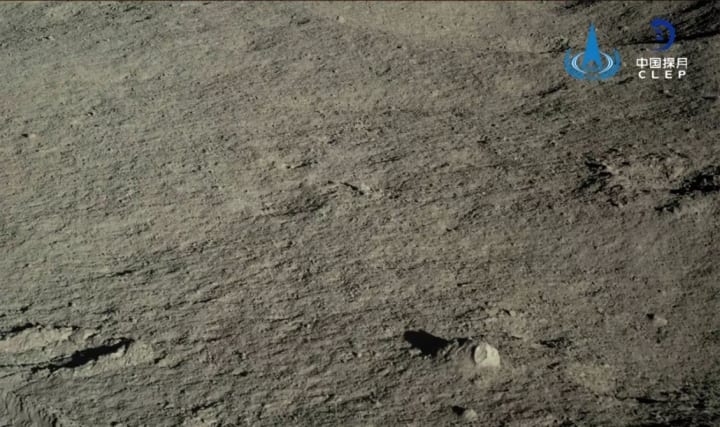
The Scientific Goals of Chang'e-4
The primary objective of the Chang'e-4 mission was to explore the South Pole-Aitken Basin, one of the largest and oldest impact craters in the solar system. This region, spanning roughly 2,500 kilometers in diameter, is of particular interest to scientists because it provides a unique window into the moon's deep crust and possibly its mantle. The rocks and soil collected from this area are believed to hold clues about the moon's formation and its early geological history.
One of the mission's key scientific instruments, the Lunar Penetrating Radar (LPR), has been instrumental in studying the subsurface structure of the moon. By probing the layers beneath the surface, LPR has provided valuable data on the composition and distribution of materials in the South Pole-Aitken Basin. Additionally, the Visible and Near-Infrared Imaging Spectrometer (VNIS) has been analyzing the mineral composition of the lunar soil, revealing the presence of materials that are rare or absent on the near side of the moon.
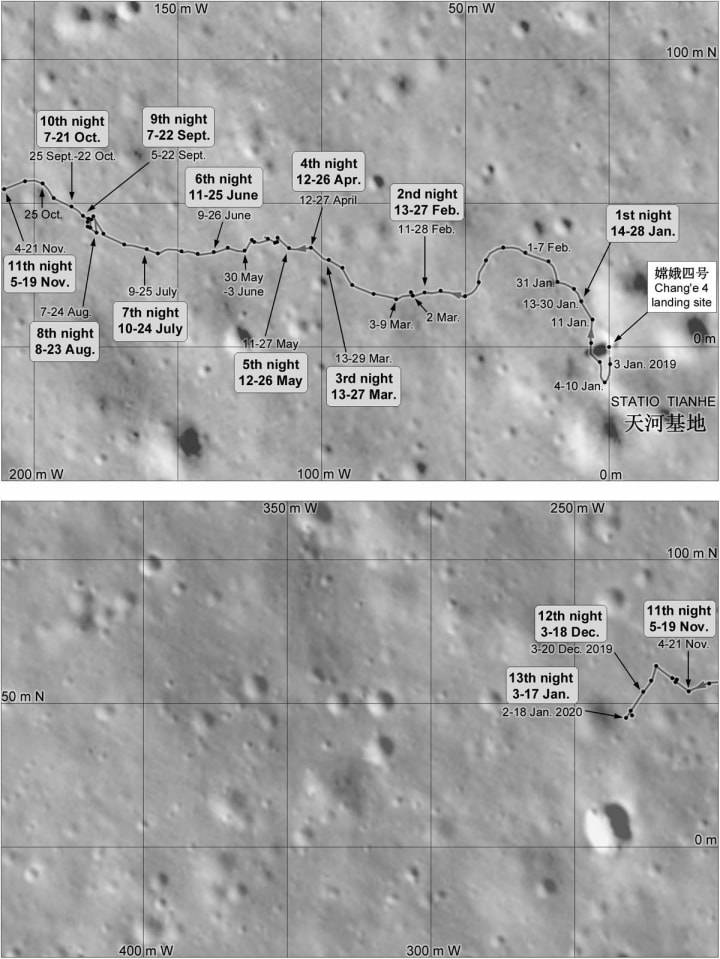
The Significance of Lunar Samples
The lunar samples brought back by Chang'e-4 are the first from the far side of the moon and are expected to offer unprecedented insights into the moon's composition and history. Unlike the samples collected during the Apollo missions, which primarily came from the near side, these new samples provide a fresh perspective on lunar geology.
Scientists are particularly excited about the potential discovery of materials that could shed light on the moon's internal structure. By analyzing the isotopic composition of these rocks, researchers hope to determine the age of different lunar regions and better understand the processes that shaped the moon's surface. This information is crucial for constructing a comprehensive timeline of the moon's geological evolution.
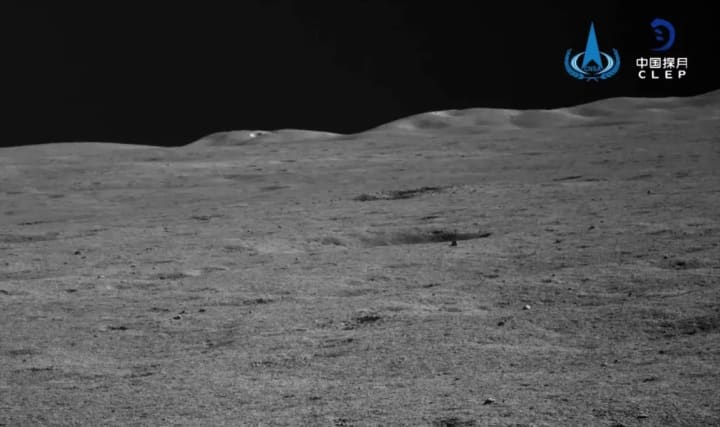
Implications for Lunar and Planetary Science
The success of the Chang'e-4 mission and the subsequent analysis of the lunar samples have far-reaching implications for both lunar and planetary science. By comparing the data from the near and far sides of the moon, scientists can gain a more holistic understanding of the moon's history and its role in the broader context of the solar system.
One of the most intriguing questions that scientists hope to answer is whether the far side of the moon experienced a different geological history compared to the near side. The moon's far side is characterized by a rugged, heavily cratered landscape, in contrast to the vast, smooth maria found on the near side. Understanding the reasons behind these differences could provide insights into the moon's internal processes and its interactions with external forces, such as meteorite impacts.
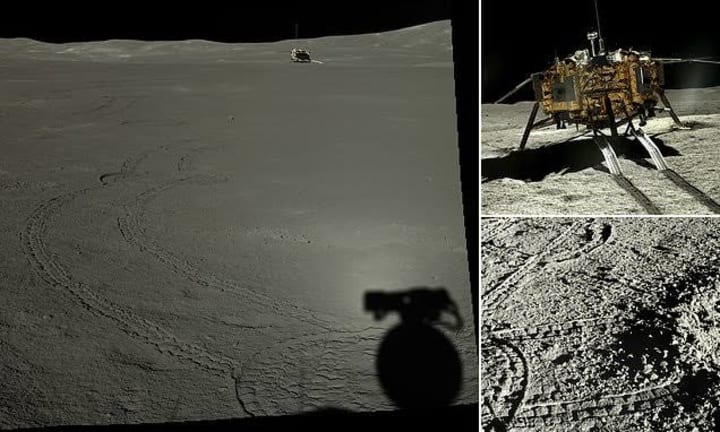
The Future of Lunar Exploration
China's successful retrieval of lunar samples from the far side of the moon represents a significant step forward in lunar exploration. It demonstrates China's growing capabilities in space technology and its commitment to advancing our understanding of the cosmos. Looking ahead, China has ambitious plans for future lunar missions, including the establishment of a lunar research station and potential manned missions to the moon.
The knowledge gained from these missions will not only deepen our understanding of the moon but also pave the way for future exploration of other celestial bodies. As we continue to explore the far reaches of our solar system, the lessons learned from the moon will serve as a foundation for future scientific discoveries and technological advancements.
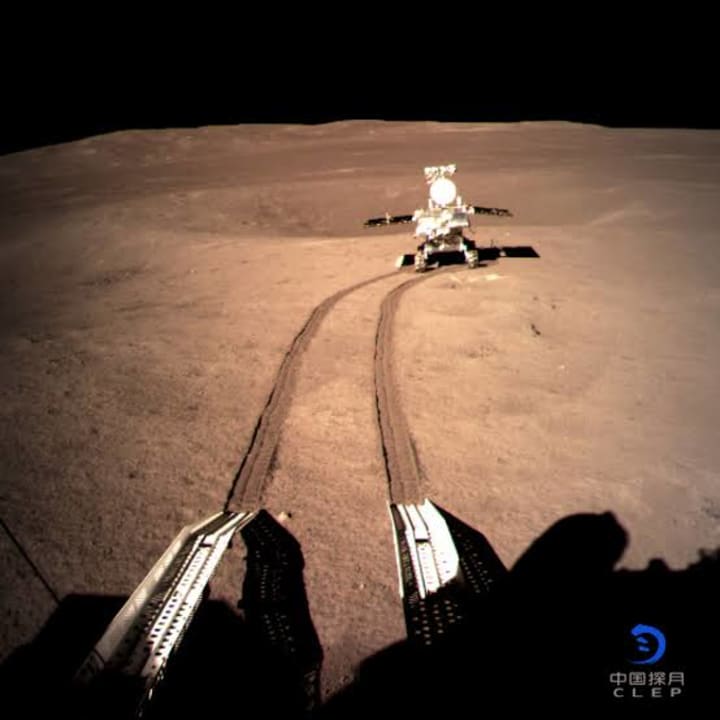

Conclusion
China's Chang'e-4 mission has opened a new frontier in lunar exploration by bringing back rocks from the moon's far side. These samples hold the promise of unlocking the secrets of the moon's hidden history and advancing our understanding of its geological evolution. As scientists begin to analyze these precious samples, we stand on the brink of new discoveries that will illuminate the mysteries of our closest celestial neighbor.
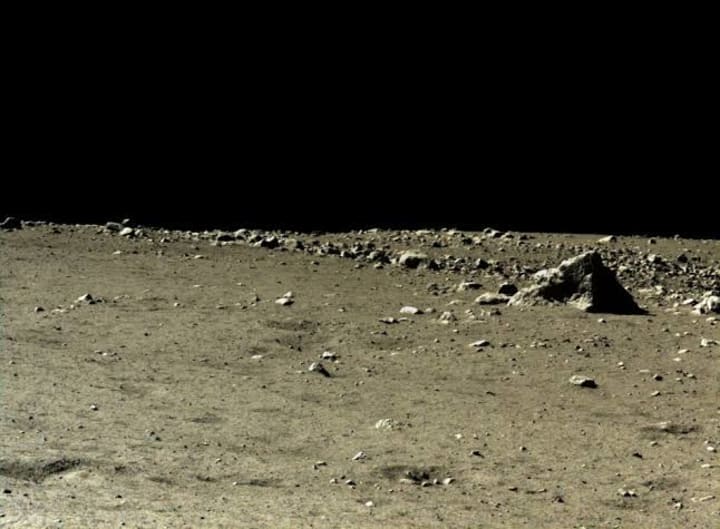
References:
China's Chang'e-4 mission:
Jones, A. (2019). China's Chang'e-4 Makes Historic First Landing on Moon's Far Side. Space.com. Retrieved from space.com.
South Pole-Aitken Basin:
Hiesinger, H., & Head, J. W. (2006). New views of lunar geoscience: An introduction and overview. Reviews in Mineralogy and Geochemistry, 60(1), 1-81.
Scientific instruments:
Huang, J., et al. (2018). Chang'E-4 Mission Overview and Status. Research in Astronomy and Astrophysics, 18(2), 100.
Lunar samples and their significance:
Neal, C. R. (2009). Lunar Geochemistry as Told by Lunar Samples. Elements, 5(1), 23-28.
Implications for lunar and planetary science:
Spudis, P. D. (1996). The Once and Future Moon. Smithsonian Institution Press.
Future lunar exploration:
Wu, W. R., & Lu, Y. (2019). Chinese Lunar Exploration Program: Present and Future. Science China Technological Sciences, 62(3), 1-12.
About the Creator
JONATAN DAVID VEGA
Hello Welcome! I am Jonatan Vega
Iam self-published mexican author living Sacramento,California
My Instagram: @JonatanVega_writesbooks
My published books in lulu.com
www.lulu.com/spotlight/JonatanVega
Amazon: Jonatan Vega
Enjoyed the story? Support the Creator.
Subscribe for free to receive all their stories in your feed. You could also pledge your support or give them a one-off tip, letting them know you appreciate their work.







Comments
There are no comments for this story
Be the first to respond and start the conversation.